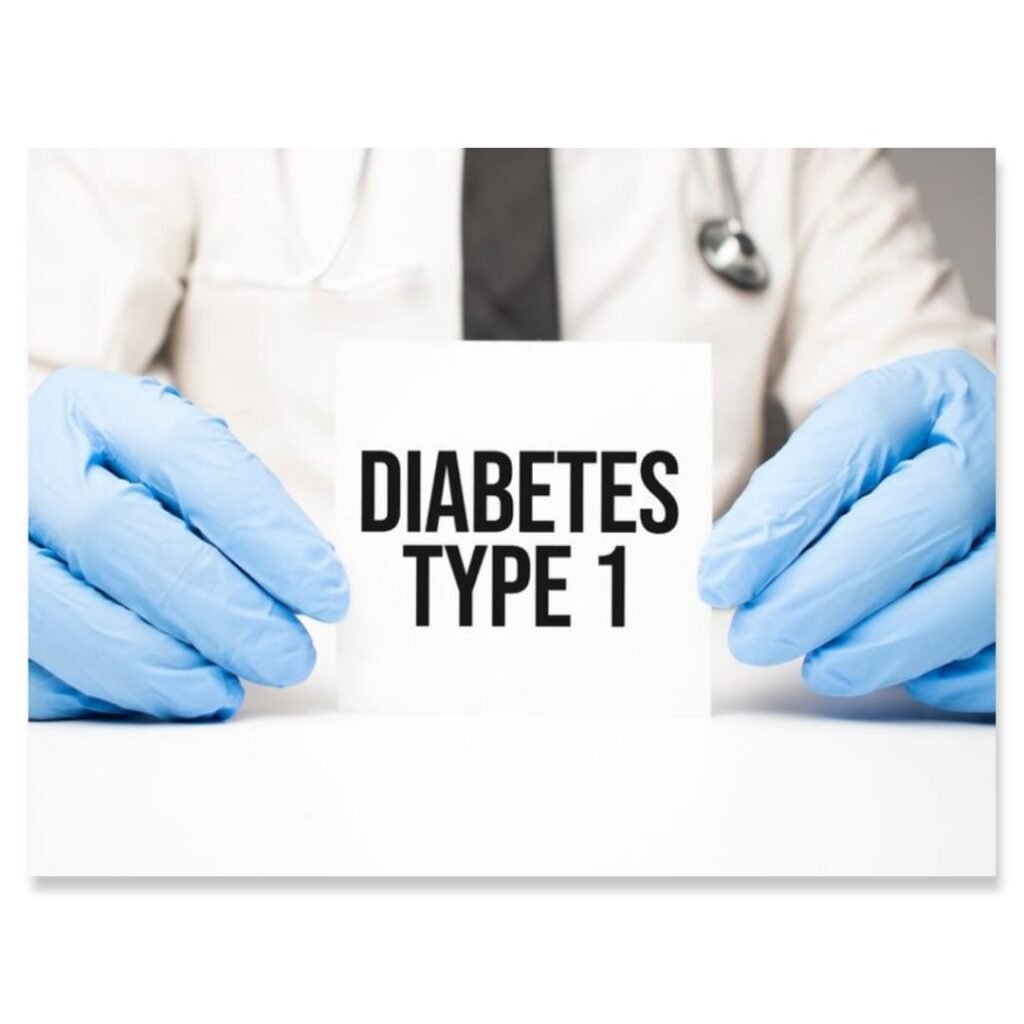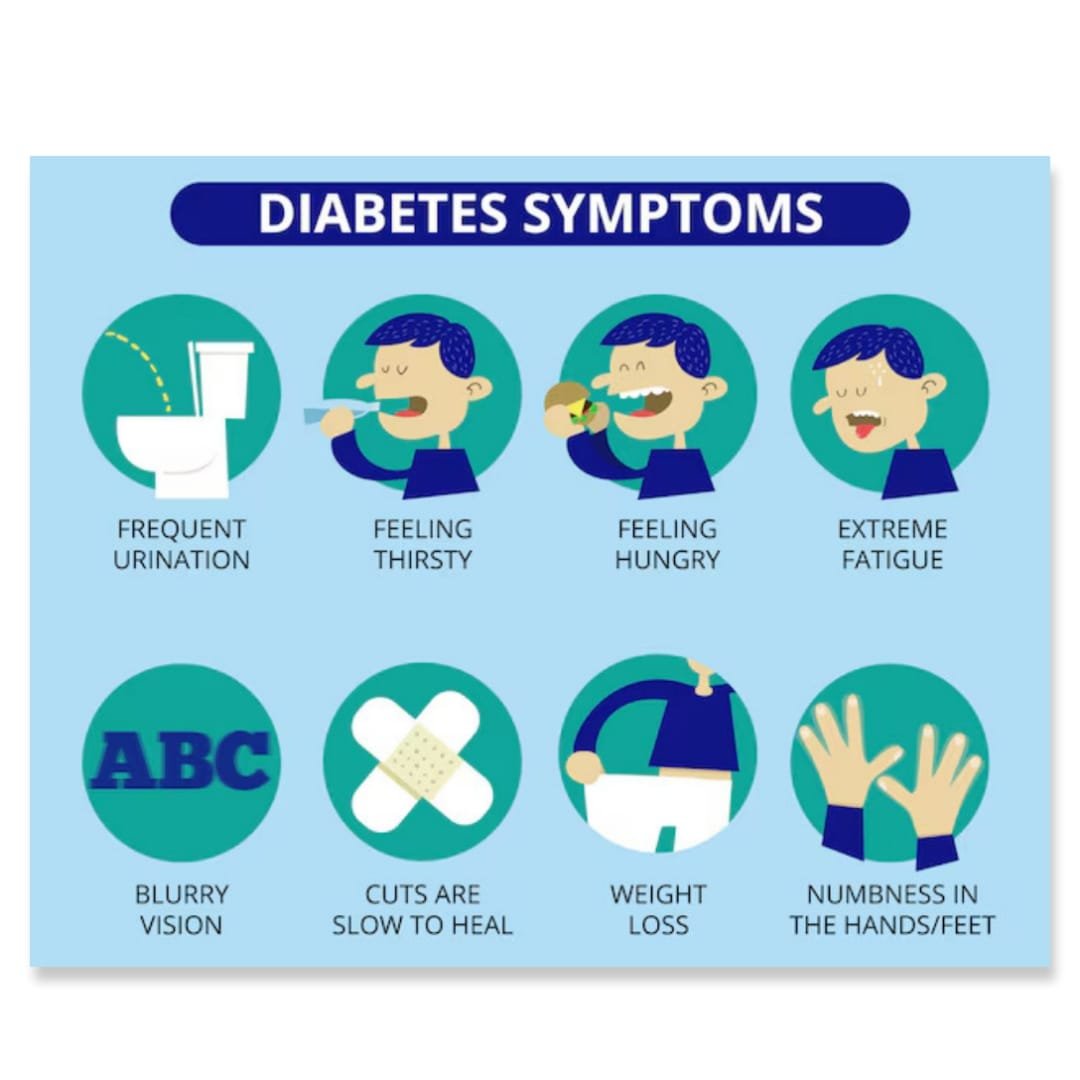Type 1 Diabetes: Causes, Management, and Advances

Type 1 Diabetes: Causes, Management, and Advances
Type 1 Diabetes Mellitus (T1DM) is a chronic autoimmune condition characterized by the destruction of insulin-producing beta cells in the pancreas. This leads to a complete dependence on external insulin for survival. Unlike Type 2 Diabetes Mellitus (T2DM), which is often associated with insulin resistance and lifestyle factors, T1DM typically manifests in childhood or adolescence but can also develop in adults. This article provides a comprehensive overview of Type 1 Diabetes Mellitus, including its causes, symptoms, diagnosis, management, and ongoing research.
1. What is Type 1 Diabetes Mellitus?
Type 1 Diabetes Mellitus is an autoimmune disease where the body’s immune system mistakenly attacks and destroys the insulin-producing beta cells in the pancreas. Insulin is a hormone crucial for regulating blood glucose levels. Without sufficient insulin, glucose accumulates in the bloodstream, leading to hyperglycemia (high blood sugar levels).
Symptoms of T1DM include:
- Frequent urination
- Excessive thirst
- Unexplained weight loss
- Extreme fatigue
- Blurred vision
- Slow-healing sores
If not managed properly, T1DM can lead to serious complications such as diabetic ketoacidosis (DKA), cardiovascular disease, neuropathy, nephropathy, and retinopathy.
2. Causes and Risk Factors
Genetic Factors:
Genetics play a significant role in the development of Type 1 Diabetes Mellitus. Specific genes, particularly those in the Human Leukocyte Antigen (HLA) complex, are associated with an increased risk of developing T1DM. The presence of certain HLA genotypes, such as HLA-DR3 and HLA-DR4, can predispose individuals to autoimmune destruction of pancreatic beta cells.
Autoimmune Response:
The exact trigger for the autoimmune attack in T1DM remains unclear. However, environmental factors such as viral infections (e.g., enteroviruses) are thought to contribute to the onset of the disease by potentially initiating the autoimmune process.
Environmental Factors:
Certain environmental factors, including viral infections and possibly dietary factors, might trigger the onset of Type 1 Diabetes. Research is ongoing to better understand these potential triggers and how they might interact with genetic predisposition.
3. Diagnosis
Clinical Presentation:
The diagnosis of Type 1 Diabetes Mellitus is often made based on clinical symptoms and laboratory tests. Common diagnostic criteria include:
- Fasting Plasma Glucose (FPG): A fasting glucose level of 126 mg/dL or higher.
- Oral Glucose Tolerance Test (OGTT): A glucose level of 200 mg/dL or higher two hours after ingesting a glucose-rich beverage.
- Hemoglobin A1c (HbA1c): An A1c level of 6.5% or higher, which reflects average blood glucose levels over the past two to three months.
- Autoantibodies: The presence of autoantibodies (such as anti-GAD, anti-IA-2) specific to beta-cell destruction can support the diagnosis.
Differential Diagnosis:
It is important to differentiate Type 1 Diabetes from Type 2 Diabetes and other forms of diabetes. Type 1 Diabetes is characterized by absolute insulin deficiency, while Type 2 Diabetes typically involves insulin resistance with varying degrees of insulin deficiency. Additionally, maturity-onset diabetes of the young (MODY) and latent autoimmune diabetes in adults (LADA) may present with similar symptoms but have different underlying causes and management strategies.
4. Management
Insulin Therapy:
Insulin therapy is the cornerstone of T1DM management. Patients with T1DM must administer insulin either through injections or an insulin pump to regulate blood glucose levels. There are several types of insulin, including:
- Rapid-Acting Insulin: Starts working within 15 minutes and lasts for 3-5 hours.
- Short-Acting Insulin: Takes about 30 minutes to start working and lasts 6-8 hours.
- Intermediate-Acting Insulin: Begins working in 1-2 hours and lasts 12-18 hours.
- Long-Acting Insulin: Provides a steady level of insulin over 24 hours.
Blood Glucose Monitoring:
Frequent blood glucose monitoring is essential for effective diabetes management. This can be done using glucose meters or continuous glucose monitoring (CGM) systems that provide real-time glucose readings and trends.
Diet and Lifestyle:
A balanced diet and regular physical activity are important components of diabetes management. Patients should work with a registered dietitian to develop a meal plan that helps maintain stable blood glucose levels. Regular exercise helps improve insulin sensitivity and overall health.
Education and Support:
Diabetes education is crucial for effective self-management. Patients and their families should be educated about diabetes management, including insulin administration, blood glucose monitoring, recognizing symptoms of hypo- and hyperglycemia, and how to manage these conditions.
Psychosocial Aspects:
Managing Type 1 Diabetes can be emotionally challenging. Psychological support, including counseling and support groups, can help patients cope with the stress and emotional impact of living with a chronic illness.
5. Complications and Monitoring
Short-Term Complications:
- Hypoglycemia: Low blood sugar levels that can cause symptoms such as shakiness, sweating, confusion, and, in severe cases, loss of consciousness.
- Hyperglycemia: High blood sugar levels that can lead to symptoms like excessive thirst, frequent urination, and fatigue.
Long-Term Complications:
- Cardiovascular Disease: Increased risk of heart disease and stroke due to prolonged high blood glucose levels.
- Neuropathy: Nerve damage that can cause pain, tingling, or loss of sensation, typically starting in the feet and hands.
- Nephropathy: Kidney damage that can lead to chronic kidney disease or kidney failure.
- Retinopathy: Damage to the blood vessels in the retina, potentially leading to vision loss or blindness.
Regular Monitoring:
Regular monitoring of HbA1c levels, blood pressure, and cholesterol is important to manage and reduce the risk of complications. Regular eye exams, foot exams, and kidney function tests are also essential for early detection and management of complications.
6. Advances in Research and Future Directions
Artificial Pancreas:
Research is ongoing into the development of artificial pancreas systems, which combine continuous glucose monitoring with automated insulin delivery systems to mimic normal pancreatic function. These systems aim to improve glucose control and reduce the burden of diabetes management.
Immunotherapy:
New therapies are being explored to modify the immune response and prevent or slow the destruction of beta cells. Clinical trials are investigating various immunomodulatory agents to potentially alter the course of the disease.
Beta Cell Regeneration:
Researchers are exploring methods to regenerate or replace damaged beta cells, including stem cell therapy and islet cell transplantation. Advances in these areas could offer new treatment options for individuals with T1DM.
Personalized Medicine:
The future of diabetes management may involve more personalized approaches based on genetic, environmental, and lifestyle factors. Precision medicine aims to tailor treatments to individual patients for more effective management and better outcomes.
Type 1 Diabetes Mellitus is a complex and challenging condition that requires lifelong management and careful monitoring. Advances in research and technology continue to improve the understanding and treatment of T1DM, offering hope for better management and potentially even a cure in the future. Effective management involves a combination of insulin therapy, blood glucose monitoring, lifestyle adjustments, and ongoing education and support. By staying informed and engaged in their care, individuals with Type 1 Diabetes can lead healthy, fulfilling lives despite the challenges of this chronic condition.





